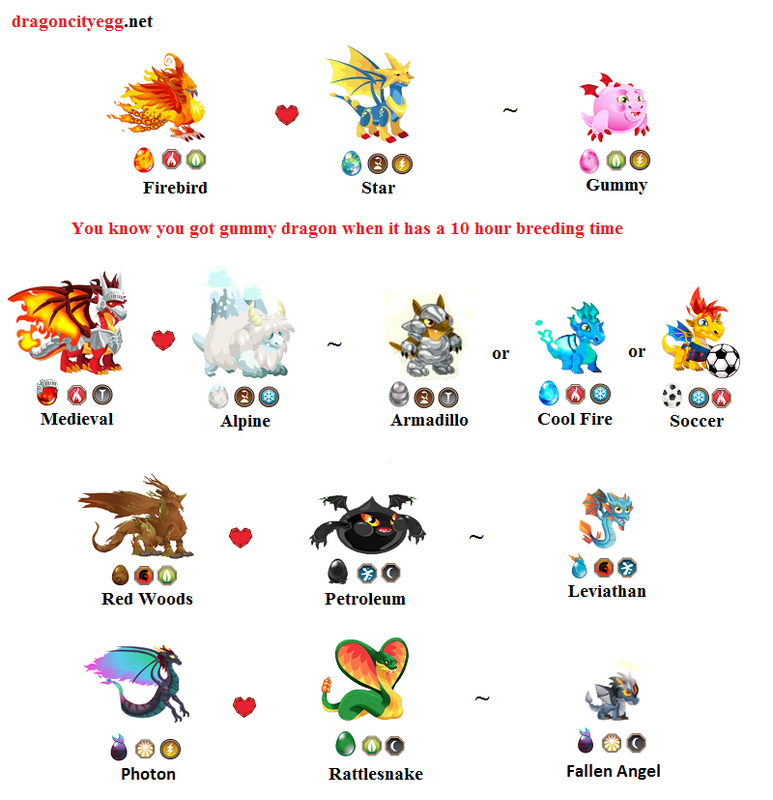

Research from the Auffenberg expedition proved to be enormously influential in raising Komodo dragons in captivity. During their stay, Walter Auffenberg and his assistant Putra Sastrawan captured and tagged more than 50 Komodo dragons. This task was given to the Auffenberg family, who stayed on Komodo Island for 11 months in 1969. At around this time, an expedition was planned in which a long-term study of the Komodo dragon would be undertaken. Collecting expeditions ground to a halt with the occurrence of World War II, not resuming until the 1950s and 1960s, when studies examined the Komodo dragon's feeding behavior, reproduction, and body temperature. The Dutch island administration, realizing the limited number of individuals in the wild, soon outlawed sport hunting and heavily limited the number of individuals taken for scientific study. Three of his specimens were stuffed and are still on display in the American Museum of Natural History. It was also Burden who coined the common name "Komodo dragon".

#Photos of dragon city eggs movie
After returning with 12 preserved specimens and two live ones, this expedition provided the inspiration for the 1933 movie King Kong. The Komodo dragon was the driving factor for an expedition to Komodo Island by W. Joan Beauchamp Procter made some of the earliest observations of these animals in captivity and she demonstrated their behaviour at a Scientific Meeting of the Zoological Society of London in 1928. The first two live Komodo dragons to arrive in Europe were exhibited in the Reptile House at London Zoo when it opened in 1927.
#Photos of dragon city eggs skin
Widespread notoriety came after 1912, when Peter Ouwens, the director of the Zoological Museum of Bogor, Java, published a paper on the topic after receiving a photo and a skin from the lieutenant, as well as two other specimens from a collector. Komodo dragons were first documented by Europeans in 1910, when rumors of a "land crocodile" reached Lieutenant van Steyn van Hensbroek of the Dutch colonial administration. They are protected under Indonesian law, and Komodo National Park was founded in 1980 to aid protection efforts. In the wild, their range has contracted due to human activities, and is likely to contract further from the effects of climate change due to this, they are listed as Endangered by the IUCN Red List. Their large size and fearsome reputation make them popular zoo exhibits. Komodo dragons were first recorded by Western scientists in 1910. They take 8 to 9 years to mature and are estimated to live up to 30 years. Young Komodo dragons are vulnerable and dwell in trees to avoid predators, such as cannibalistic adults.

The eggs are incubated for seven to eight months, hatching in April, when insects are most plentiful. Mating begins between May and August, and the eggs are laid in September as many as 20 eggs are deposited at a time in an abandoned megapode nest or in a self-dug nesting hole. Komodo dragons also occasionally attack humans. The diet of Komodo dragons mainly consists of Javan rusa ( Rusa timorensis), though they also eat considerable amounts of carrion. Komodo dragons' group behavior in hunting is exceptional in the reptile world. The biological significance of these proteins is disputed, but the glands have been shown to secrete an anticoagulant. It has been claimed that they have a venomous bite there are two glands in the lower jaw that secrete several toxic proteins. Komodo dragons hunt and ambush prey including invertebrates, birds, and mammals. It is the largest extant species of lizard, growing to a maximum length of 3 metres (10 ft), and weighing up to 70 kilograms (150 lb).Īs a result of their size, Komodo dragons are apex predators, and dominate the ecosystems in which they live. The Komodo dragon ( Varanus komodoensis), also known as the Komodo monitor, is a member of the monitor lizard family Varanidae that is endemic to the Indonesian islands of Komodo, Rinca, Flores, and Gili Motang.


 0 kommentar(er)
0 kommentar(er)
